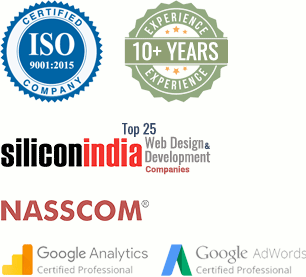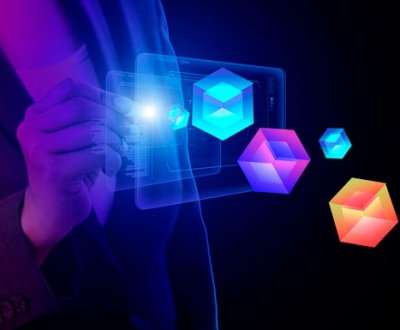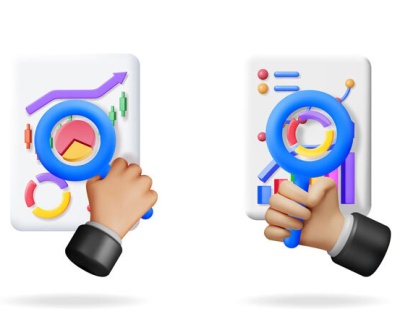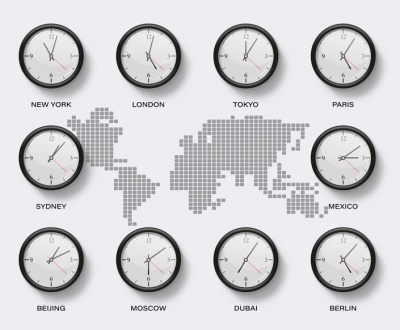How these 5 Material Design Frameworks Simplifying the Application Development Process?
- January 16, 2017
- Application Development
 A modern approach defining the traditional concepts can be the best definition for material design. No wonder material design came to lime light as it managed to reduce the meaty appearance of a website and gave a professional, classy look. Inspired by ink and paper, Material design brings out the bright, flat, in other words, the geometric nature to give a clutter-free appearance.
A modern approach defining the traditional concepts can be the best definition for material design. No wonder material design came to lime light as it managed to reduce the meaty appearance of a website and gave a professional, classy look. Inspired by ink and paper, Material design brings out the bright, flat, in other words, the geometric nature to give a clutter-free appearance.
Even though designed for Android applications, web application developers are also being compelled to use this concept due to its efficiency and simplicity. It is a framework-agnostic, which implies that it can be used with any of the front-end solution. Material design promises a resilient approach towards the development process due to its compatibility with major platforms like Chrome, Microsoft Edge, Firefox, Safari, and Opera.
The best 5 material design frameworks, which are revolutionizing the application development process, are,
- Angular Material Framework– Built through the amalgamation of AngularJS polymer and material design, this framework makes an excellent choice for developing modern single page web applications. Creating dynamic applications via HTML is not an easy task; Angular through its built-in directives makes the job easy. It consists of various components, CSS library for typography, JavaScript for theming, and luxurious use of flex grid to create responsive layouts.
- Materialize Framework-A responsive front-end framework, Materialize makes use of a 12 column fluid responsive grid system. Also, it offers various design icons including CSS, SCSS files, JavaScript, and Robo font. The main objective of Materialize framework is to provide a unified experience across various platforms.
- Material UI Framework– A CSS framework, Material UI makes use of REACT components to employ material design concept. Note: React, is a JavaScript library used for building user interfaces. With lightweight design Material UI provides enhanced flexibility in the application development process.
- MUI CSS Framework– Ideal for smaller applications, MUI CSS framework efficiently caters front-end requirements. With no external dependencies, this framework can be easily customized.
- Polymer Framework– This framework effectively makes use of web components in the development of web applications. It efficiently offers various elements for developing tabs, application bars and toolbars.
Floating action buttons, simple geometric designs with shadows are adding realism to the whole development concept. Material designs allow to experiment with the typography without overwhelming the appearance. Design philosophies of materialistic approach are simple, cohesive and do not fail to provide a better user-experience across various platforms.
GET A QUOTE










